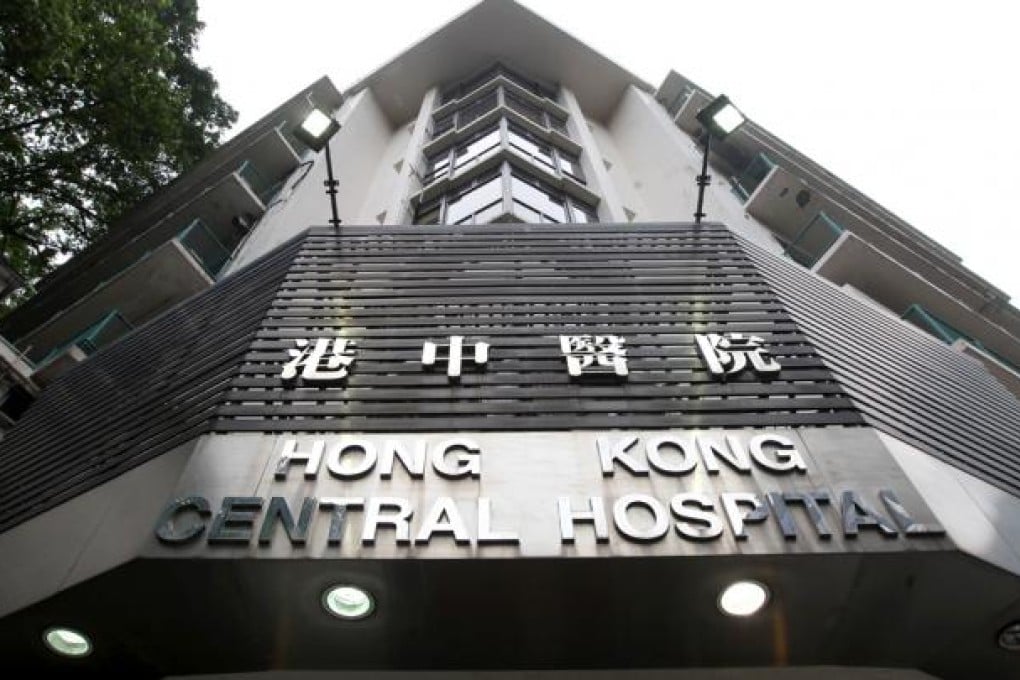Superbug cases rise fourfold in Hong Kong
Microbiologist warns that outdated testing methods and lack of public awareness of drug use have led to worrying rise in untreatable diseases

Cases of the deadly drug-resistant superbug NDM-1 quadrupled in Hong Kong this year, rising from three to 12.

The rise in untreatable superbugs, such as NDM-1 - a mutation of E coli - has been blamed on the misuse of antibiotics and a lack of new medicine in recent years.
University of Hong Kong microbiologist Ho Pak-leung said: "Superbugs are turning into megabugs ... Our medicine cannot catch up with the rate of these bugs now."
NDM-1, which stands for New Delhi metallo-beta-lactamase-1, is believed to have originated in New Delhi in 2008. It has since spread around the world to countries including the United States, Australia and the Netherlands and is one of many deadly superbugs.
Pak, who is also chairman of the Centre for Health Protection's Health Protection Programme on Antimicrobial Resistance said "third-world country" bacteria-testing equipment in Hong Kong hospitals made it hard for the city to tackle new medical threats.
From 2009 to this month, the city saw 17 cases of the NDM-1 superbug, with 12 of them contracted on the mainland, of which eight were in Guangdong. One person died.